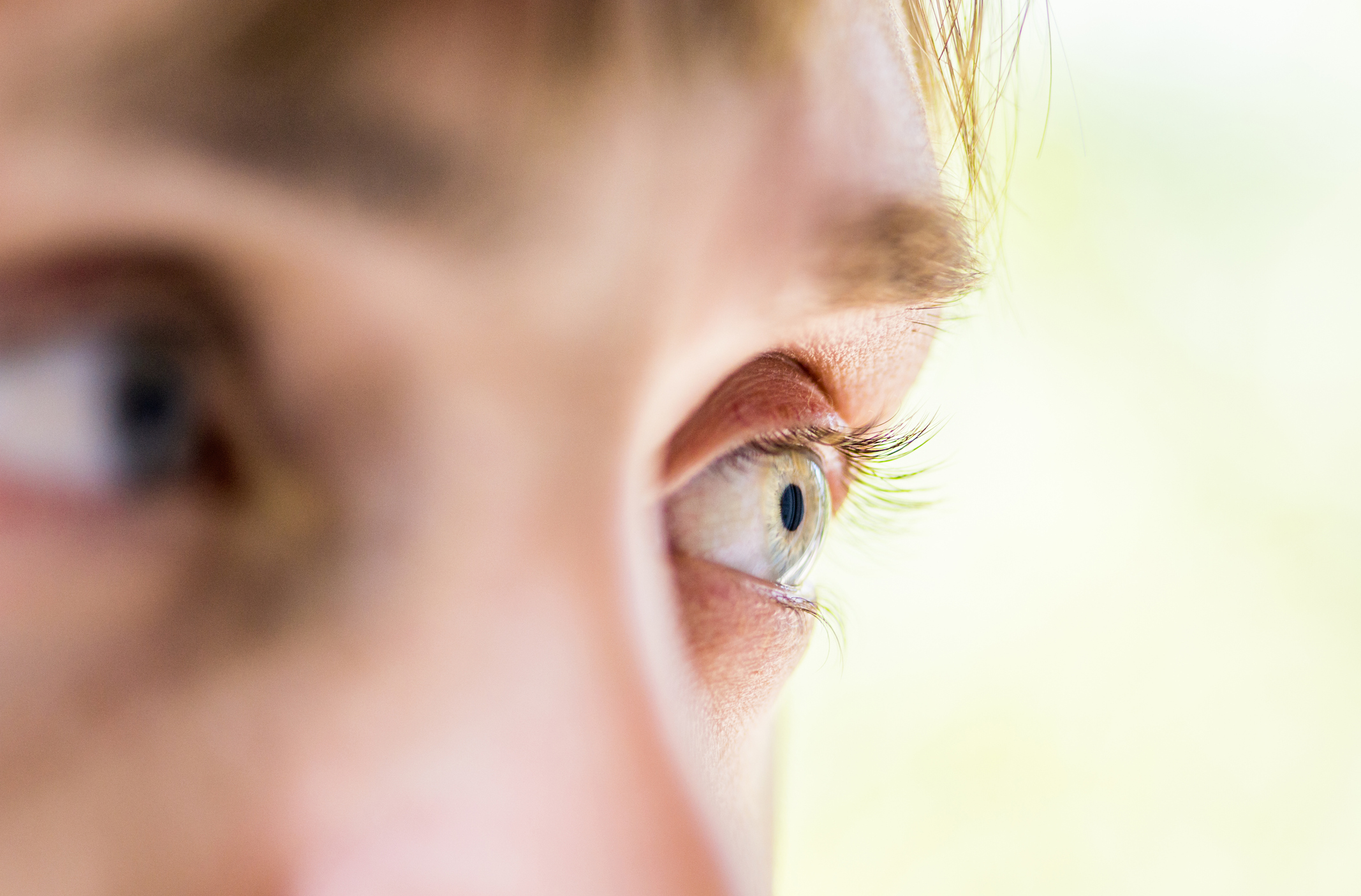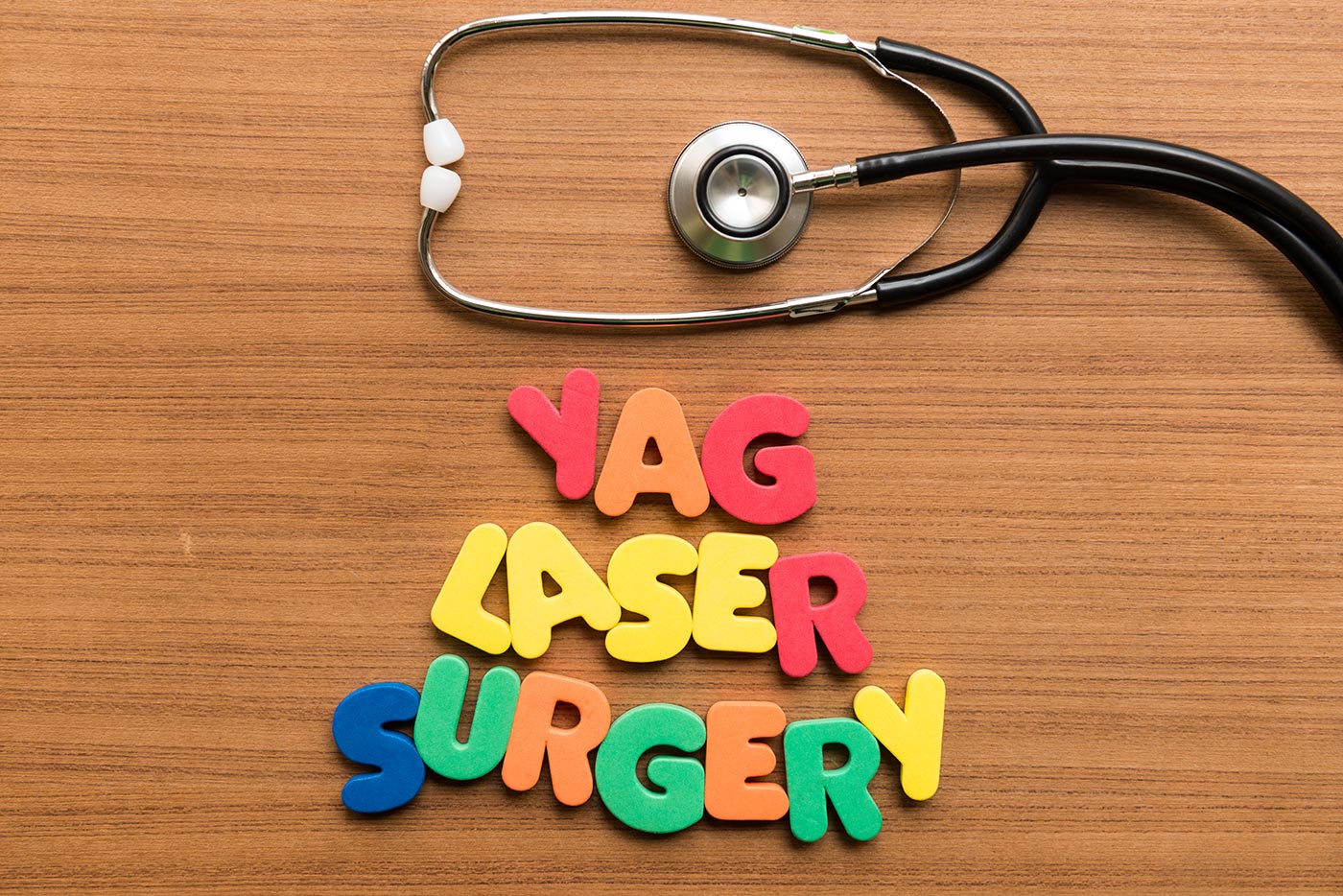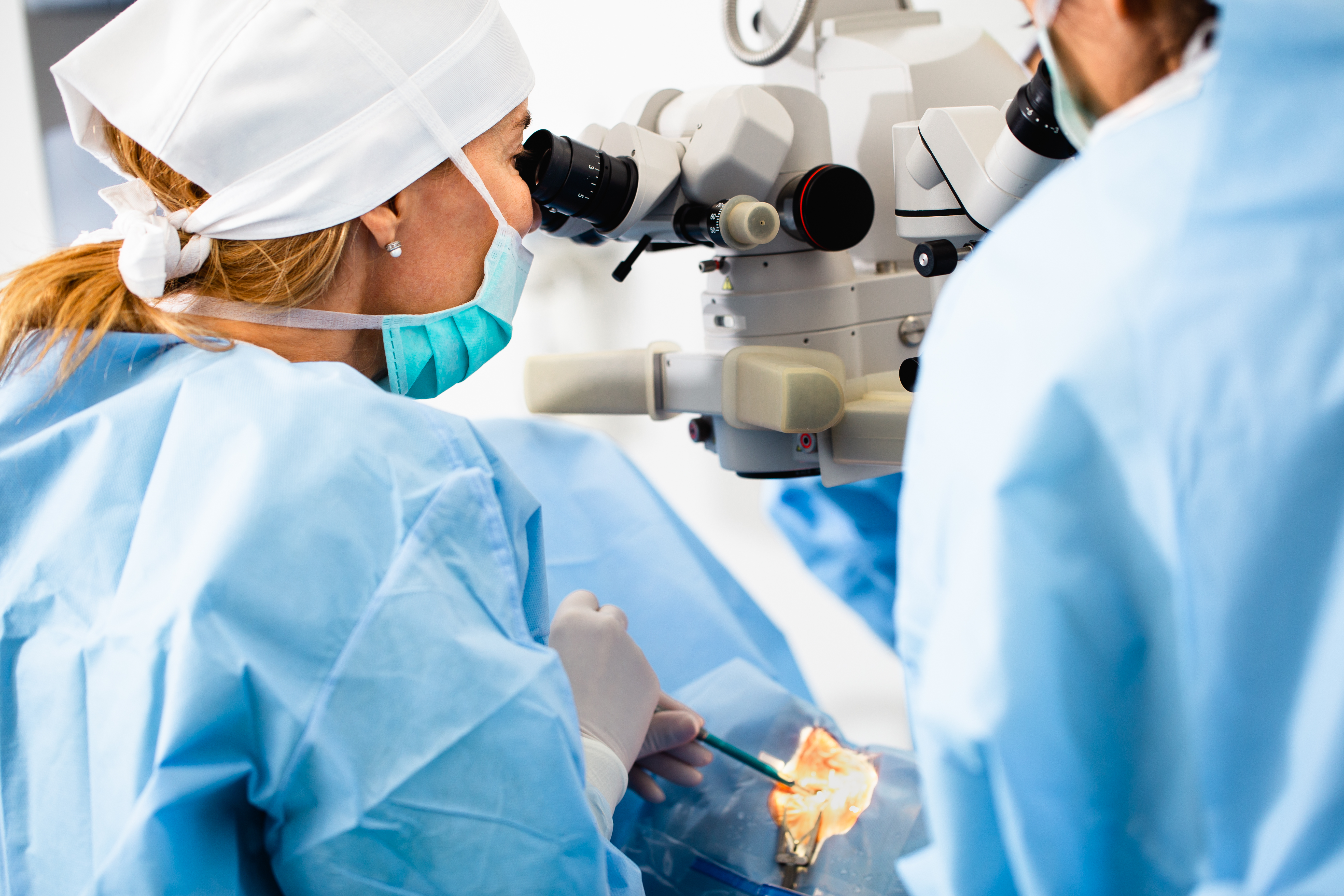Diabetic eye disease is a group of eye problems that affect those suffering from diabetes. These problems include diabetic retinopathy, diabetic macular edema, cataracts, and glaucoma.
Diabetic eye care is important to avoid irreversible vision damage or blindness. Diabetic eye diseases stem from many years of high blood sugar or hyperglycemia. This and other abnormalities in a diabetic person’s metabolism damage the blood vessels in the body, leading to poor blood circulation.
Poor blood circulation decreases the amount of oxygen delivered to tissues throughout the body and can subsequently damage those tissues. The absence of oxygen can lead to a variety of problems, including vision loss.
According to the National Eye Institute, it is estimated that nearly 5.4 million Americans over the age of 18 currently have diabetic retinopathy, one of the more common diabetic eye diseases. While diabetic retinopathy is the leading cause of blindness in American adults, in the majority of diabetic retinopathy cases, blindness is completely preventable.
Ways to keep eyes healthy:
- Manage your blood glucose, blood pressure, and cholesterol
- Quit smoking
- Have a dilated eye exam once a year
Many of the ways to keep your eyes healthy are the same as keeping your entire body healthy, including eating nutritious food and exercising. Regular exercise can have a big influence on blood sugar. To better manage your diabetic ABC’s, try visiting with a licensed nutritionist to establish healthy eating habits.
Also be diligent with prescribed medications. Be sure to check your cholesterol levels. High cholesterol or too much LDL is linked to blood vessel damage.
Symptoms to watch for:
- Extreme pressure behind one or both eyes
- Blurry vision
- Experiencing glare from lights at night
- Objects looking smaller or larger than normal
- Floaters
Another reminder: Those with diabetes or other health risks should have regular comprehensive eye exams performed to spot any developing issues. Catching problems early vastly reduces the risk of significant vision loss.





